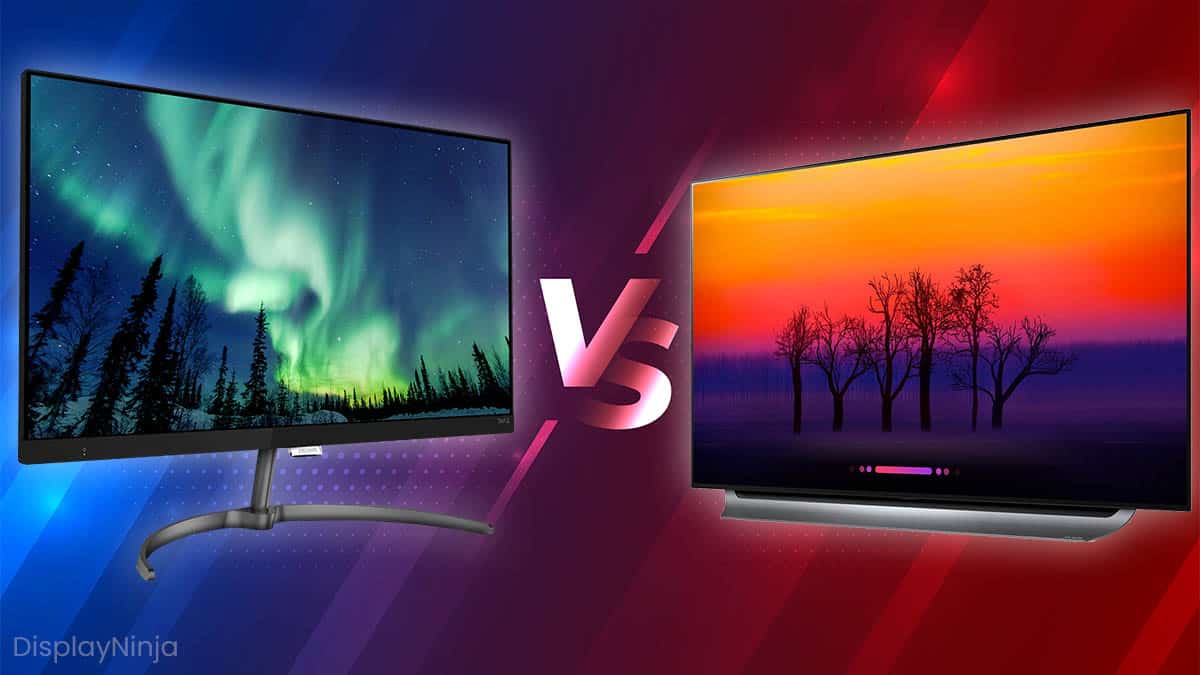IPS vs OLED for Embedded & Industrial Displays
A complete engineering comparison between IPS and OLED displays for embedded and industrial applications, covering viewing angles, brightness, outdoor readability, burn-in risks, power consumption, cost, and lifecycle.

Choosing between IPS and OLED for an embedded or industrial display project is more than just a matter of image quality.
It impacts longevity, power efficiency, manufacturing cost, and the device’s suitability for different environments.
This guide compares IPS and OLED from an engineering perspective, helping you select the right technology for your application.
1. Overview of IPS and OLED Technologies
IPS (In-Plane Switching)
- Panel Type: LCD with liquid crystal molecules aligned in parallel to the substrate.
- Strengths: Excellent color accuracy, wide viewing angles, stable performance over time.
- Limitations: Requires a backlight, meaning higher thickness and some light leakage.
OLED (Organic Light-Emitting Diode)
- Panel Type: Self-emissive pixels that produce light individually.
- Strengths: Deep blacks, infinite contrast ratio, thin form factor, flexible designs possible.
- Limitations: Prone to burn-in over long static usage; shorter lifespan for blue emitters.
2. Viewing Angles and Color Accuracy
IPS panels are known for 178° wide viewing angles and stable color reproduction. This is especially important in:
- HMI panels in industrial automation.
- Medical displays requiring accurate diagnostic colors.
- Collaborative work environments where multiple people view the same screen.
OLED matches or exceeds IPS in viewing angle performance, but some industrial OLEDs may show color shift at extreme angles. In color-critical applications, both are excellent, though IPS tends to have more consistent calibration stability over years.
3. Brightness and Outdoor Readability
Brightness is a key factor in outdoor or high-ambient-light environments.
- IPS: High-brightness industrial models can reach 1000–2000 nits, especially with optical bonding to reduce reflections.
- OLED: Generally limited to 600–1000 nits sustained, with short bursts higher. Prolonged high brightness can accelerate aging.
For sunlight-readable displays, IPS with optical bonding and AR coatings remains the safer choice.
4. Burn-In and Lifetime
Burn-in risk is minimal for IPS because the backlight is separate from the pixel structure.
OLED, however, is susceptible to image retention and pixel aging, especially in:
- Static UI elements (status bars, toolbars).
- Industrial dashboards that display the same layout for months or years.
Industrial IPS panels often have 50,000–70,000 hours backlight life, while OLED industrial panels may rate 20,000–30,000 hours to 50% brightness.
5. Power Consumption
- IPS: Backlight-driven, so power draw is mostly constant regardless of image content. Efficiency improves with LED backlight and dimming control.
- OLED: Consumes less power for darker images but significantly more for bright or white backgrounds. In UI-heavy industrial apps (mostly light UI), OLED often uses more power.
6. Cost and Availability
- IPS: Widely available in sizes from 1.0" to 32", with stable long-term supply. Unit cost is lower in most sizes.
- OLED: More expensive, limited in larger industrial sizes (>15"), and production lead times can be longer.
In BOM-sensitive projects with large deployments, IPS is usually the cost-effective choice.
7. Environmental and Reliability Factors
- IPS: Works well across wide temperature ranges (–20°C to 70°C industrial spec).
- OLED: Some panels have narrower operating temperature ranges, and moisture sensitivity can require extra sealing.
In harsh environments, IPS generally offers higher ruggedness.
8. Application Recommendations
Use IPS when:
- You need sunlight readability.
- The UI has static elements for long periods.
- You require 10+ years availability with minimal risk of obsolescence.
- The project demands cost efficiency in large volumes.
- The application involves medical imaging or diagnostics, where stable color reproduction and long panel lifespan are critical. (For a deeper dive into this, see The Role of Industrial TFT Displays in Modern Medical Imaging).
Use OLED when:
- The design requires ultra-thin or flexible displays.
- You want true blacks and high contrast for premium look-and-feel.
- The UI is dynamic with minimal static content.
9. Final Thoughts
Both IPS and OLED have strong cases in industrial and embedded applications.
IPS remains the go-to choice for longevity, outdoor performance, and cost stability, while OLED shines in design flexibility and premium image quality.